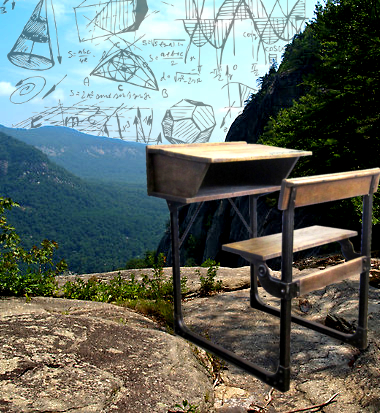Small class boost not universal
 Experts say smaller classes do not necessarily increase academic performance.
Experts say smaller classes do not necessarily increase academic performance.
Many parents regard small class sizes as better, leading many schools to promote their teacher-to-student ratios as a major selling point.
But “small class sizes in and of themselves don’t increase academic performance”, according to education expert Peter Adams; a former senior manager of the OECD’s Program for International Student Assessment (PISA).
The PISA tests are used to build a global database of how much 15-year-olds know in the fields of reading, mathematics and science.
The latest OECD report, based on PISA 2018, says there are a “number of ways in which small classes are, in theory, good for instruction and learning. In classes with fewer students, teachers might be able to allocate more time, attention and support to each student”.
“By contrast, in larger classes, at least some students might be disengaged from instruction.
“Moreover, students attending remedial lessons are more likely to be in smaller classes than students who do not attend such lessons.”
However, the OECD says it is important to note that “research provides mixed evidence” on smaller classes and student outcomes.
“Previous PISA reports have pointed out that some top-performing education systems have large classes, and suggest that investments in teacher quality are more effective than investing in smaller classes,” it said.
Southern Cross University education researcher Dr David Zyngier says each school needs to consider its own circumstances.
“Class sizes are important”, he told reporters this week, “but we don’t need to decrease class sizes across the board, or at every school”.
Dr Zyngier said the greatest advantage of smaller class sizes is seen in students at disadvantaged schools, in their first few years of primary education.







 Print
Print